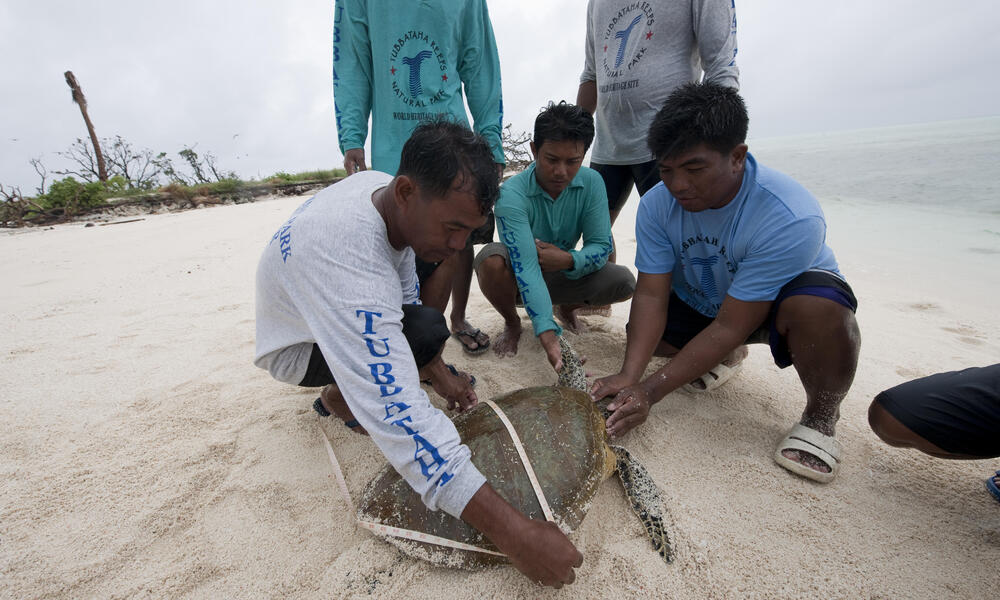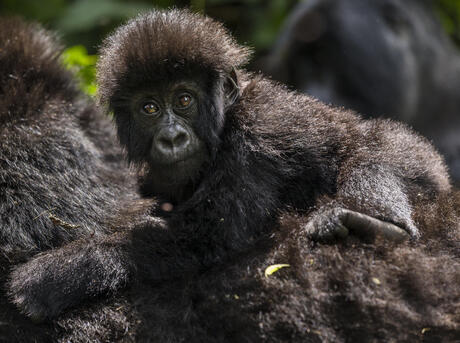 Saving nature is at the very heart of what we do as WWF. For 60 years, we have made it our mission to find solutions that save the marvelous array of life on our planet by applying the best science available and working closely with local communities.
But our work is far from done. Humans are behind the current rate of species extinction, which is at least 100–1,000 times higher than nature intended. We’ve seen an astonishing 60% decline in the size of populations of mammals, birds, fish, reptiles, and amphibians in just over 40 years, according to WWF's Living Planet Report 2018.
And the impacts will reach far beyond the potential cultural loss of iconic species like tigers, rhinos and whales.
The good news is we’ve also seen what’s working. WWF has been part of successful wildlife recovery stories ranging from southern Africa’s black rhino to black bucks in the Himalayas. And this, in turn, is helping to protect rich and varied ecosystems while ensuring people continue to benefit from nature.
This much is clear: we cannot afford to fail in our mission to save a living planet.
Saving nature is at the very heart of what we do as WWF. For 60 years, we have made it our mission to find solutions that save the marvelous array of life on our planet by applying the best science available and working closely with local communities.
But our work is far from done. Humans are behind the current rate of species extinction, which is at least 100–1,000 times higher than nature intended. We’ve seen an astonishing 60% decline in the size of populations of mammals, birds, fish, reptiles, and amphibians in just over 40 years, according to WWF's Living Planet Report 2018.
And the impacts will reach far beyond the potential cultural loss of iconic species like tigers, rhinos and whales.
The good news is we’ve also seen what’s working. WWF has been part of successful wildlife recovery stories ranging from southern Africa’s black rhino to black bucks in the Himalayas. And this, in turn, is helping to protect rich and varied ecosystems while ensuring people continue to benefit from nature.
This much is clear: we cannot afford to fail in our mission to save a living planet.
1 / 5
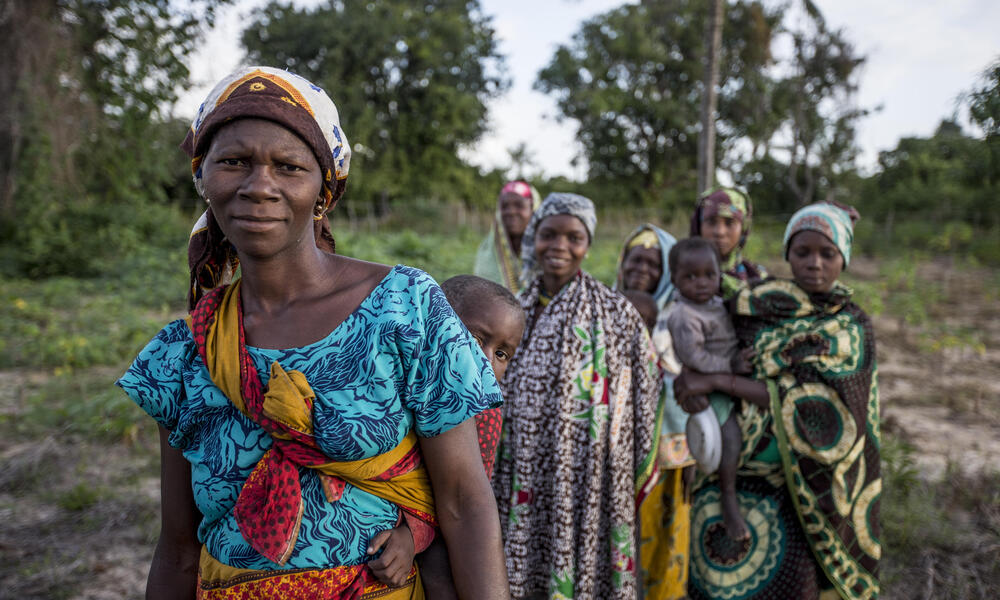
IMPROVING HUMAN LIVES
By protecting species, we also protect the essential goods and services that make our lives possible and contribute enormously to human health and well-being — breathable air, clean water, food, fibers, building materials, medicines, energy, fertile soils, climate regulation, transport, and recreational and spiritual values.
2 / 5
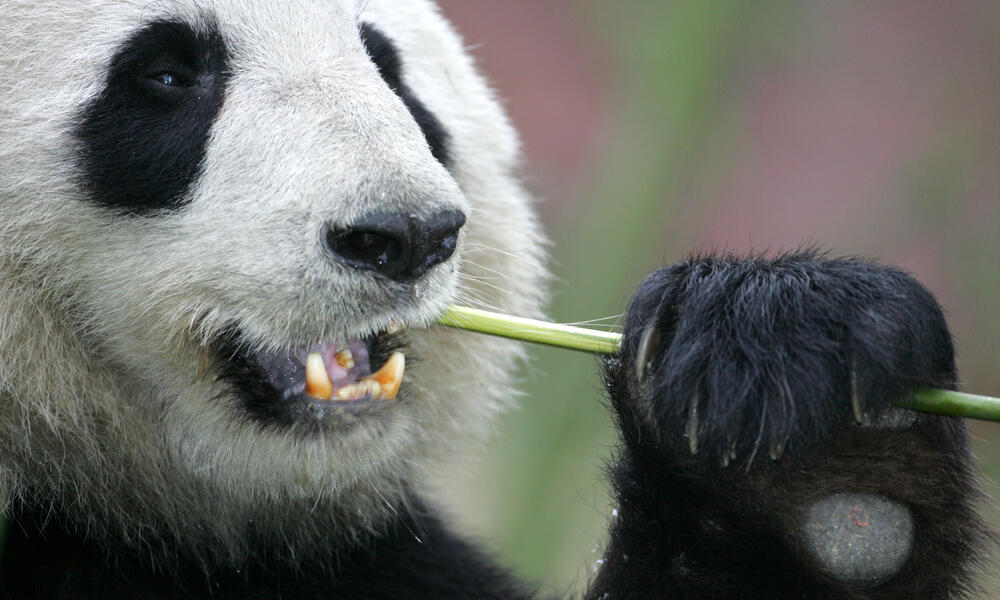
SPECIES RECOVERY
The cuddly black-and-white giant panda is a conservation icon and not only because it is WWF’s widely recognized logo. They are reigning celebrities in the handful of zoos around the world where people flock to see them. Numbering around 1,600 in the wild, China is the only country where giant pandas are found. WWF has played an important role in their recovery for over 30 years, ever since we became the first private conservation group to receive an official invitation from the Chinese government in 1978.
3 / 5
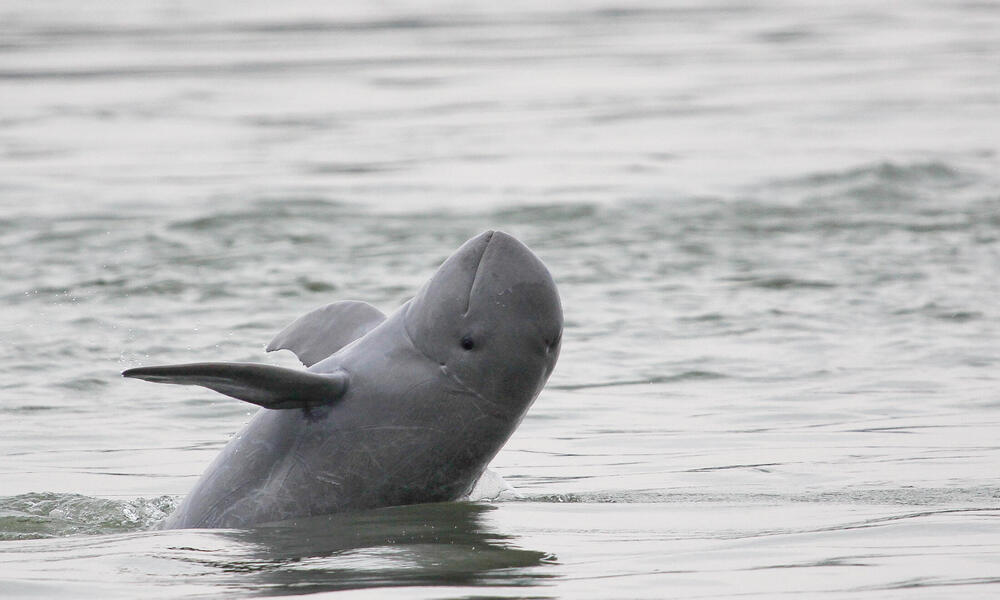
INSPIRATION
A critically endangered population of the Mekong River’s Irrawaddy dolphins became the face of a global campaign to stop a major dam that would also impact local communities and livelihoods. The connection to the “smiling face of the Mekong” influenced more than a quarter of a million people around the world to join WWF in saying no to the Don Sahong dam. This species continues to inspire people to reduce pollution of freshwater sources, improve fishing practices and encourage only sustainable hydropower development.
4 / 5
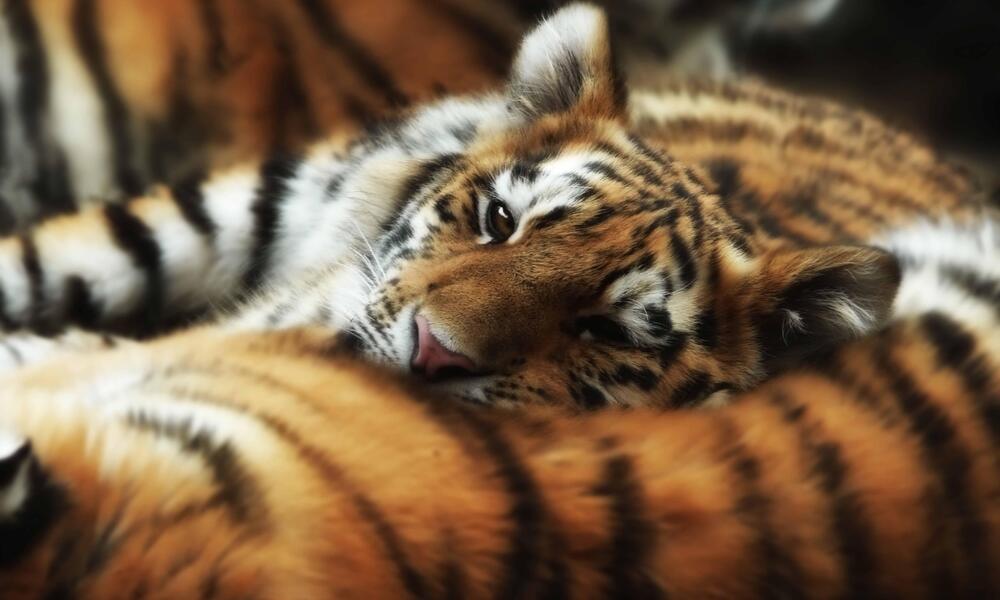
HELPING POPULATIONS THRIVE
It speaks to the power of the mighty predator that the first-ever global summit on a single species brought together world leaders to commit to a single purpose—doubling the number of wild tigers by 2022. WWF is playing a pivotal role in realizing this ambitious goal, which will ensure the king of the jungle will once again thrive across its range in 13 countries to benefit other wildlife and wild spaces, secure freshwater sources and a future for people too.
5 / 5
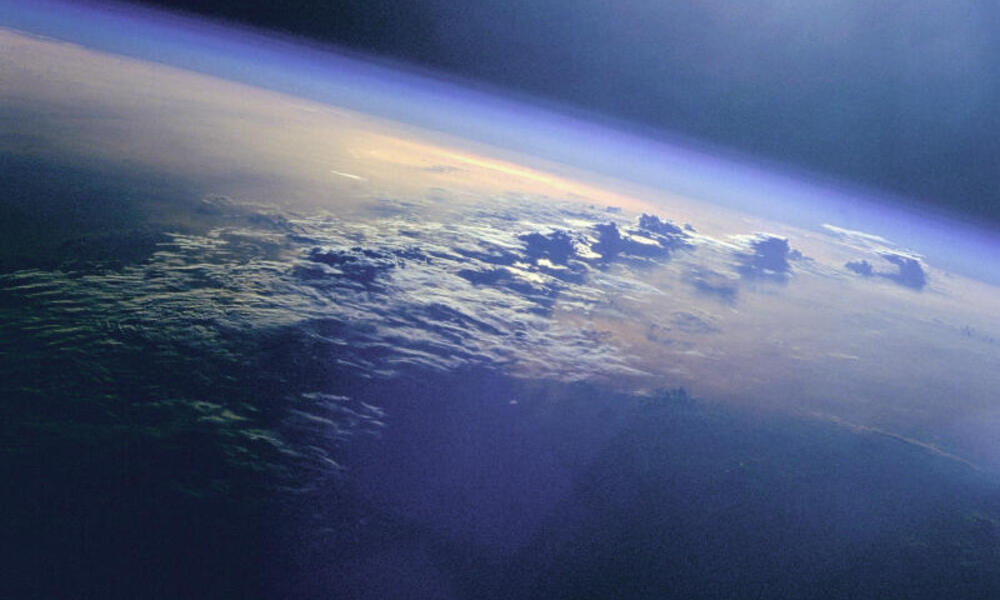
SAVING A PLANET OF LIFE
We protect wildlife for many reasons. It is a source of inspiration. It nurtures a sense of wonder. It is integral to the balance of nature. In our work, WWF focuses on saving populations of the most ecologically, economically and culturally important species in the wild. Ultimately, by protecting species, we save this beautiful, vulnerable and utterly irreplaceable planet we call home.
❮
❯
Conserving wildlife is at heart of our mission. We focus on protecting populations of some of the world’s most ecologically, economically, and culturally important species—the survival of which are threatened by poaching, illegal trade and habitat loss.
We use the best science available to link on-the-ground work with high-level policy action to create lasting solutions that benefit wild animals as well as the people that live alongside them.
DOUBLE THE NUMBER OF TIGERS
WWF aims to double the world’s wild tiger population by 2022 (TX2). We’re working with world leaders to take action, focusing conservation efforts in key sites, raising funds to permanently protect landscapes, and supporting community-based conservation. Saving tigers is about more than restoring a single species. As a large predator, tigers play an important role in maintaining a healthy ecosystem. Every time we protect a tiger, we protect around 25,000 acres of forest—forests that sustain wildlife and local communities and supply people around the world with clean air, water, food, and products.
EMPOWER PEOPLE TO PROTECT WILDLIFE
Over the last few decades, conservationists have come to understand just how central community involvement is to wildlife conservation success—and how important it is for communities to actively steward the natural resources around them to improve economic and social well-being. WWF’s community-based conservation work today reflects this fundamental reality. We work across a variety of communities and customize our work based on the specific needs and interests of a given place, taking into consideration each region’s particular set of conservation assets and challenges.
CLOSING ASIA'S IVORY MARKETS
Illegal killing of elephants for ivory decimates global populations. Estimates indicate that each year poachers slaughter close to 20,000 elephants, mostly for their tusks. Fueling this rampant poaching is a steady consumer demand for ivory. Overall, we see demand increasing in East Asian and Southeast Asian markets, with the greatest demand in China, Hong Kong, Singapore, and Thailand. WWF is working to shut down the illegal markets in Thailand, and helped end the legal ivory trade in China. By tackling these markets now as part of a pan-Asian approach, WWF aims to leverage China’s recent actions to ban the ivory trade to prevent further displacement of the current China ivory trade to nearby countries.
STOP WILDLIFE CRIME
WWF uses our expertise in policy, wildlife trade, advocacy, and communications in an effort to stop wildlife crime in the US and around the world. At home, we ensure the US enacts tight ivory commerce restrictions. Partnerships with technology companies help us develop innovative ways to combat wildlife crime using everything from drones to infrared cameras that can detect poachers in the dead of night. To combat the trade in illegal wildlife products through web-based platforms, WWF has teamed up with e-commerce and social media companies to adopt a standardized wildlife policy framework for online trade.

 Saving nature is at the very heart of what we do as WWF. For 60 years, we have made it our mission to find solutions that save the marvelous array of life on our planet by applying the best science available and working closely with local communities.
But our work is far from done. Humans are behind the current rate of species extinction, which is at least 100–1,000 times higher than nature intended. We’ve seen an astonishing 60% decline in the size of populations of mammals, birds, fish, reptiles, and amphibians in just over 40 years, according to WWF's Living Planet Report 2018.
And the impacts will reach far beyond the potential cultural loss of iconic species like tigers, rhinos and whales.
The good news is we’ve also seen what’s working. WWF has been part of successful wildlife recovery stories ranging from southern Africa’s black rhino to black bucks in the Himalayas. And this, in turn, is helping to protect rich and varied ecosystems while ensuring people continue to benefit from nature.
This much is clear: we cannot afford to fail in our mission to save a living planet.
Saving nature is at the very heart of what we do as WWF. For 60 years, we have made it our mission to find solutions that save the marvelous array of life on our planet by applying the best science available and working closely with local communities.
But our work is far from done. Humans are behind the current rate of species extinction, which is at least 100–1,000 times higher than nature intended. We’ve seen an astonishing 60% decline in the size of populations of mammals, birds, fish, reptiles, and amphibians in just over 40 years, according to WWF's Living Planet Report 2018.
And the impacts will reach far beyond the potential cultural loss of iconic species like tigers, rhinos and whales.
The good news is we’ve also seen what’s working. WWF has been part of successful wildlife recovery stories ranging from southern Africa’s black rhino to black bucks in the Himalayas. And this, in turn, is helping to protect rich and varied ecosystems while ensuring people continue to benefit from nature.
This much is clear: we cannot afford to fail in our mission to save a living planet.